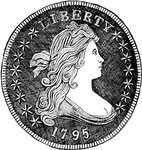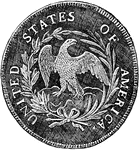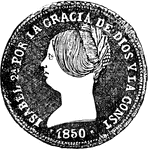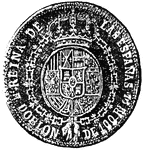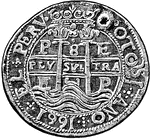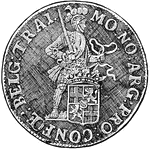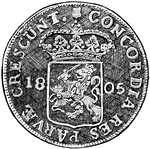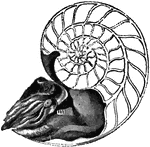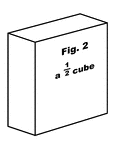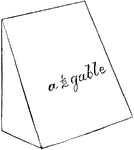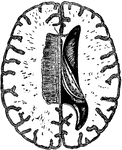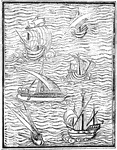
Spanish Vessels
This representation of the vessels of the early Spanish navigators is a fac-simile of a cut in Medina's…
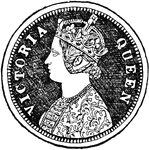
Half Pice
A money of account and a copper coin. Equal to three foourths of the United States cent at the time.
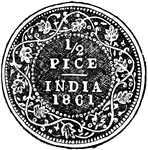
Half Pice
A money of account and a copper coin. Equal to three foourths of the United States cent at the time.

Pinnatifid Leaf
A leaf cut or cleft in a pinnate manner, with the divisions half way down or more, and the sinuses or…

Movable Pulley
"A movable pulley is one whos block is movable. One end of the cord is fastened to the beam, and the…

Protractor
"The outer edge is a semicircle, with center at 0, and is divided into 360 parts. Each division is one-half…
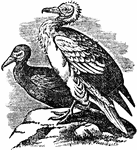
Egyptian Vulture
"One of the smaller Vulturidae, of a genus differing from the true vultures in the slender bill, which…

Passionflower
"A genus of plants almost exclusively native to the warm parts of America, and belonging to the natural…

Gravity Train Remontoire
"E represents the scape-wheel turning in a minute, and e its pinion, which is driven by the wheel D…

Quarter Clock
"The front view of a large quarter clock of Sir E. Beckett's design, with all the wheels on the great…
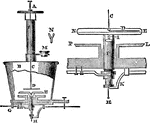
Dellman's Electrometer
"D is a needle, formed of light silver wire, suspended by a fine glass fiber, from a torsion head A.…
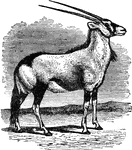
Gemsbok
"A species of antelope, abounding on the dry yet fertile plains of South Africa, where it feeds on the…

Queenfish
It is a food fish of good quality, but too small to be of much economic importance, reaching a length…
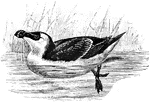
Razorbill Auk
A brd characterized by its bill. The bill is feathered for about half its length, in the rest of its…

Shield-Budding
"The simplest and most generally practised form of budding is that called Shield budding or T-budding.…
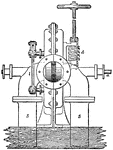
Reaction Turbine
"Professor James Thomson's inward flow or vortex turbine has been selected as the type of reaction turbines.…
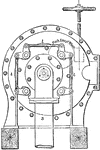
Reaction Turbine
"Professor James Thomson's inward flow or vortex turbine has been selected as the type of reaction turbines.…
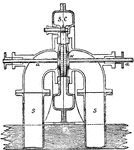
Reaction Turbine
"Professor James Thomson's inward flow or vortex turbine has been selected as the type of reaction turbines.…

Reaction Turbine
"Professor James Thomson's inward flow or vortex turbine has been selected as the type of reaction turbines.…

Aurelia Aurita
"Half of the lower surface of Aurelia aurita. The transparent tissues allow the enteric cavities and…
Ceratodus Lung
"Lung of Ceratodus, opened in its lower half to show its cellular pouches. a, right half; b, left half;…
Colchicum
"A genus of plants of the natural order Melanthaceae. The species, which are few in number, are stemless,…
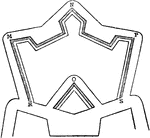
Crown-Work
"Crown-work, in Fortification, is formed to strengthen a weak front, or to occupy ground which might…

Date Palm
"A genus of palms, the most important species of which is the common Date Palm, the Palm Tree of Scripture,…
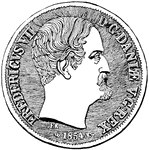
Rix Dollar
The front of a large silver coin used during the eighteenth century. Rigsdaler of Denmark.
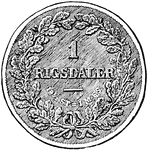
Rix Dollar
The rear of a large silver coin used during the eighteenth century. Rigsdaler of Denmark.

Scorpio Embryo
"Embryo of scorpion, ventral view showing somites and appendages. sgc, Frontal groove. sa, Rudiment…
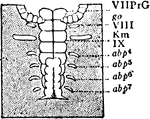
Embryo
"Portion of a similar embryo at a later stage of growth. The praegenital somite, VII PrG, is still present,…
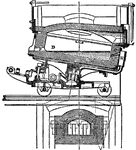
Forno-Convertisseur
"Ponsard Furnace or Forno-Convertisseur. This apparatus is essentially a combination of the Pernot furnace…

Retort
"A peculiar-shaped vessel called a retort is half filled with a volatile liquid and heated; the steam,…
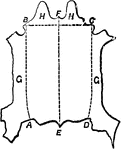
Hide Divisions
"The hides now come to be trimmed and prepared for tanning in the shape in which they are intended ultimately…
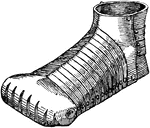
Sabbaton
A show or half boot of the kind worn by persons of wealth in the fifteenth century. Usually made out…
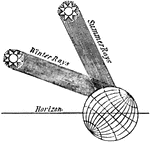
Rays
"Summer and Winter rays.—Let us suppose that the rays falling perpendicularly on a given extent…

Moon Phases
"Let S be the Sun, E the Earth, and A, B, C, D, F, the Moon in different parts of her orbit. Now when…
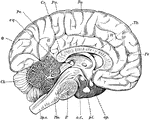
Brain
"Diagram of the left half of a vertical median section of the brain. H, H, convoluted inner surface…

Strawberry Weevil
"The strawberry weevil in certain seasons has prevented the development of more than a half crop of…
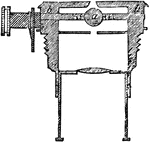
Micrometer
"a is the sphere, placed in half-holes on the axis bb, so that when its principal axis is parallel to…
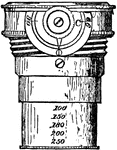
Micrometer
"a is the sphere, placed in half-holes on the axis bb, so that when its principal axis is parallel to…
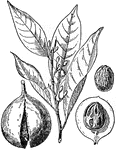
Myristica Fragrans
1, twig with male flowers; 2, ripe pendulous fruit opening; 3, fruit after removal of one-half of the…

Brachiopoda
A diagram of the left half of an Argiope, which has been bisected in the median plane. 1, the ventral…

Mary I
Mary, the fourth and penultimate monarch of the Tudor dynasty, is remembered for returning England from…

Philip II
Philip sought an alliance with the Kingdom of England, marrying the Catholic Queen Mary I of England…
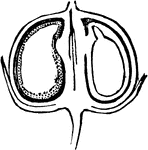
Flax Pod Cut in Half
Section lengthwise of flax seed cut half away, bringing contained embryo into view.
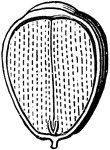
Acorn
Half of an acorn, cut lengthwise, filled by the very thick cotyledons, the base of which encloses the…

